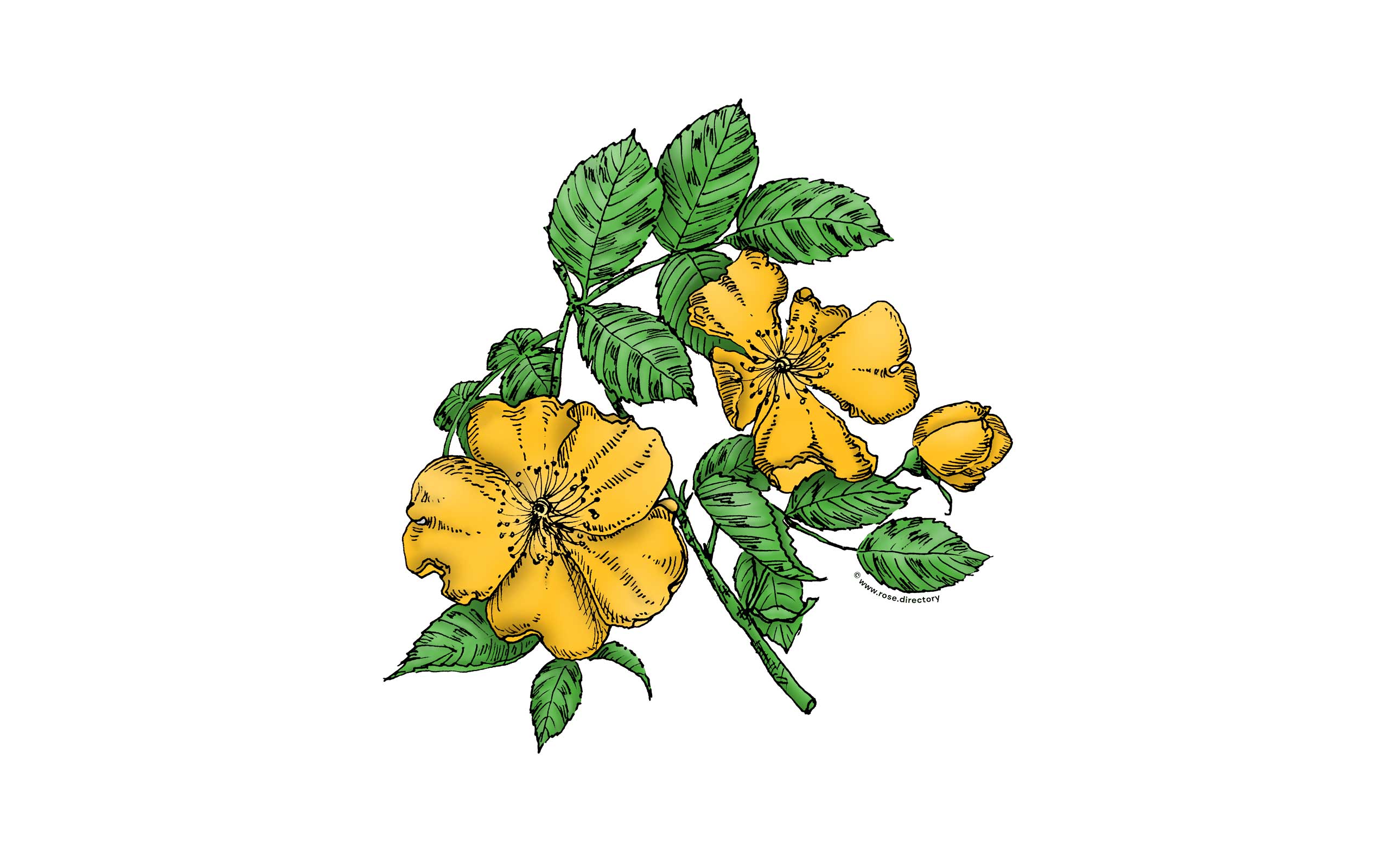Banksianae
Banksianae roses, also known as Lady Banks’ roses, are a group of climbing roses known for their vigorous growth and delicate, fragrant flowers. They are named after Lady Banks, the wife of botanist Sir Joseph Banks, who brought the first Banksianae rose to England from China in 1807.
Banksianae roses are typically thornless and produce clusters of small, double or single flowers in shades of white, yellow, or pale pink. They bloom in the spring and are a popular choice for covering walls, trellises, and other structures.
There are two main varieties of Banksianae roses: Rosa banksiae normalis and Rosa banksiae lutea. Rosa banksiae normalis produces small, white flowers, while Rosa banksiae lutea produces yellow flowers.
Banksianae roses have historical significance, as they were introduced to Europe during the early 19th century, when there was a great interest in plant exploration and discovery. Today, they remain a beloved and popular choice among gardeners who appreciate their charming beauty and vigorous growth.







